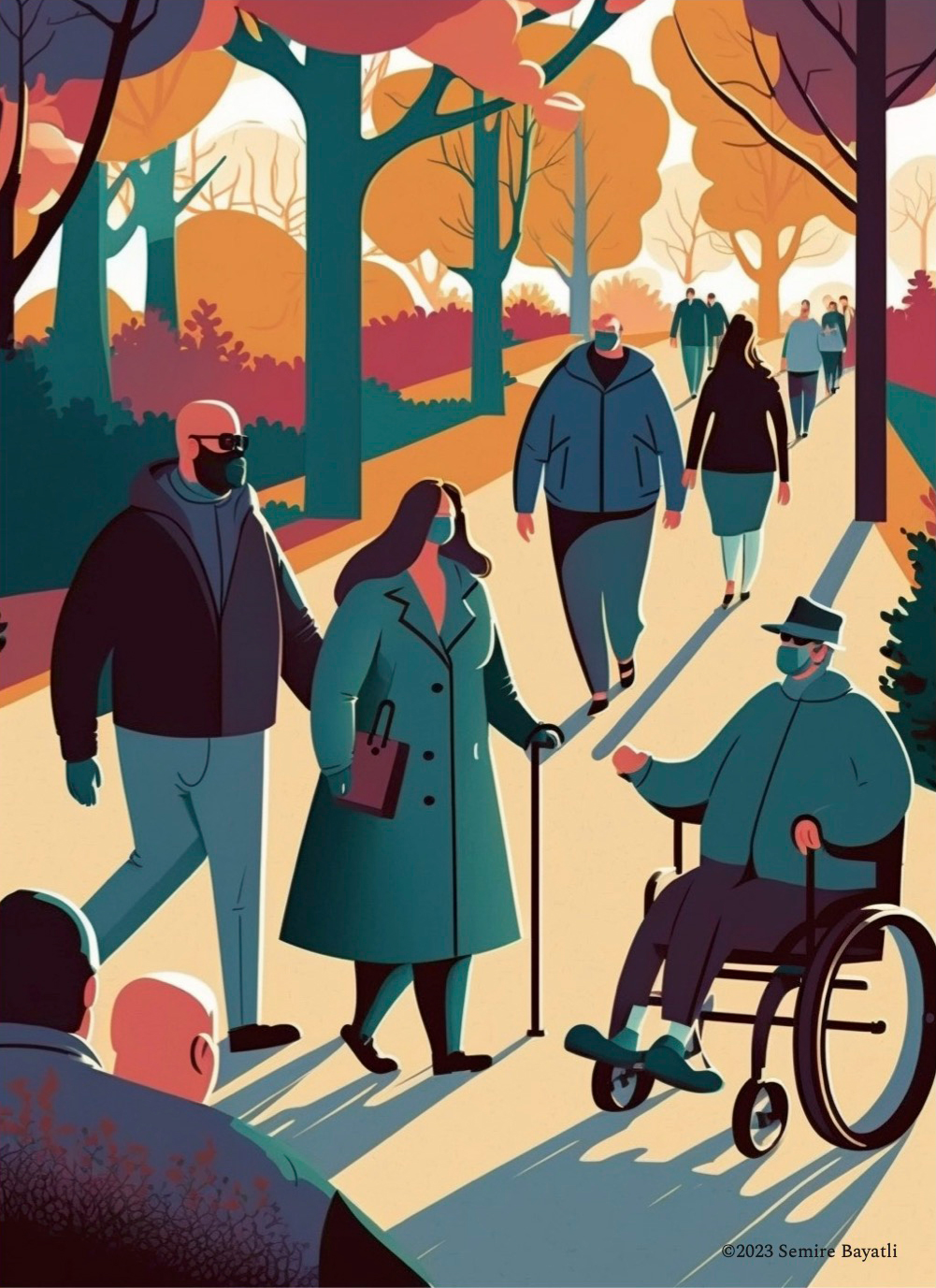Sensory Placemaking: Understanding Space Perception to Enhance User Experience
Semire Bayatli, MS Urban Placemaking and Management, 2023
Graduate Center for Planning and Environment
Advisor: Margaret Walker
Sensory Placemaking cares about all the challenges the user can experience in a public place.

This thesis explores how to design more inclusive and engaging public spaces by incorporating multisensory experiences. By prioritizing human needs and experiences from a sensory perspective, this approach addresses an often-overlooked aspect of planning and design, leading to stronger social equity. The goal is to raise awareness among designers about sensory placemaking and to create public spaces that provide a more enriching and enjoyable experience for everyone.
The thesis provides multisensory design recommendations and guidelines specifically for parks, based on a robust literature survey, multiple interviews and personal observations of New York City parks using a “sensory slider” tool. The recommendations include incorporating elements such as greenery, water features, and lighting to stimulate different senses, and creating spaces that are accessible to individuals with sensory impairments.
Sensory placemaking is an effort to enhance everyone’s public space experience with a multisensory approach. It emphasizes the importance of engaging all of the user’s senses, rather than just focusing on visual appeal. By creating more inclusive and equitable public spaces, this approach can benefit both society as a whole and individuals with unique experiences.
“We become aware of the world and one another through our bodily senses. The way we absorb information about our environment is not solely through our eyes and ears but through our noses, tongues, skin, muscles, and bones as well. This awareness connects us to the world and creates a sense of place, the human experience of being somewhere.”
Tony Hiss, “The Experience of Place”